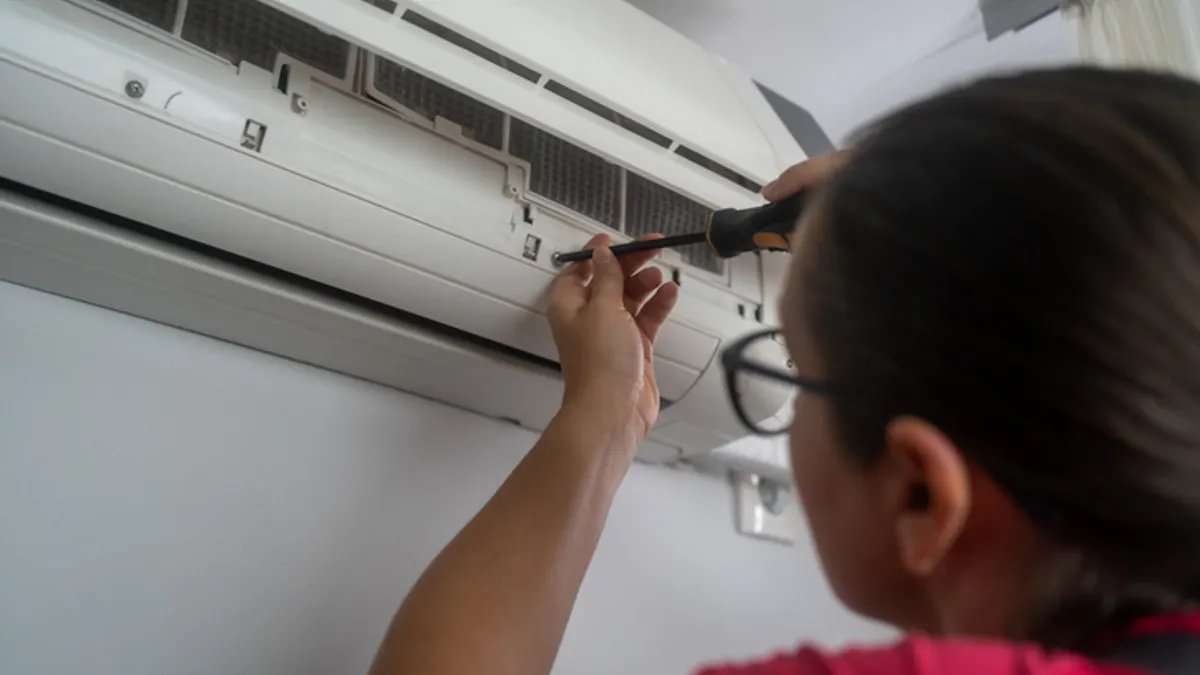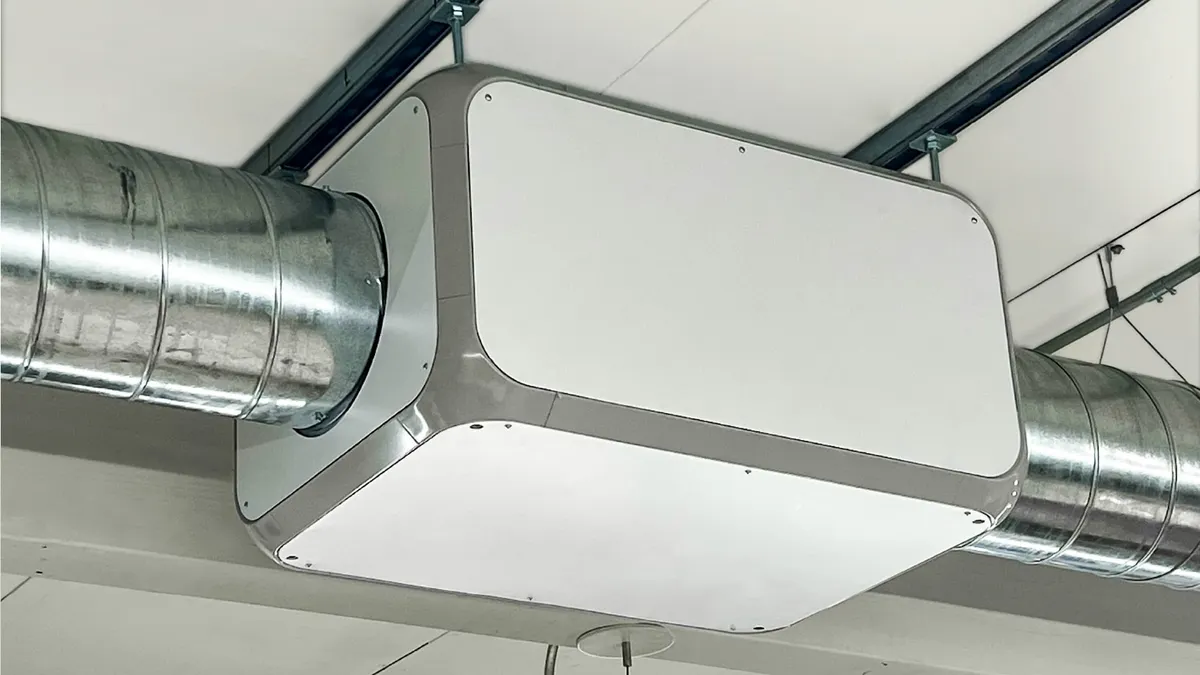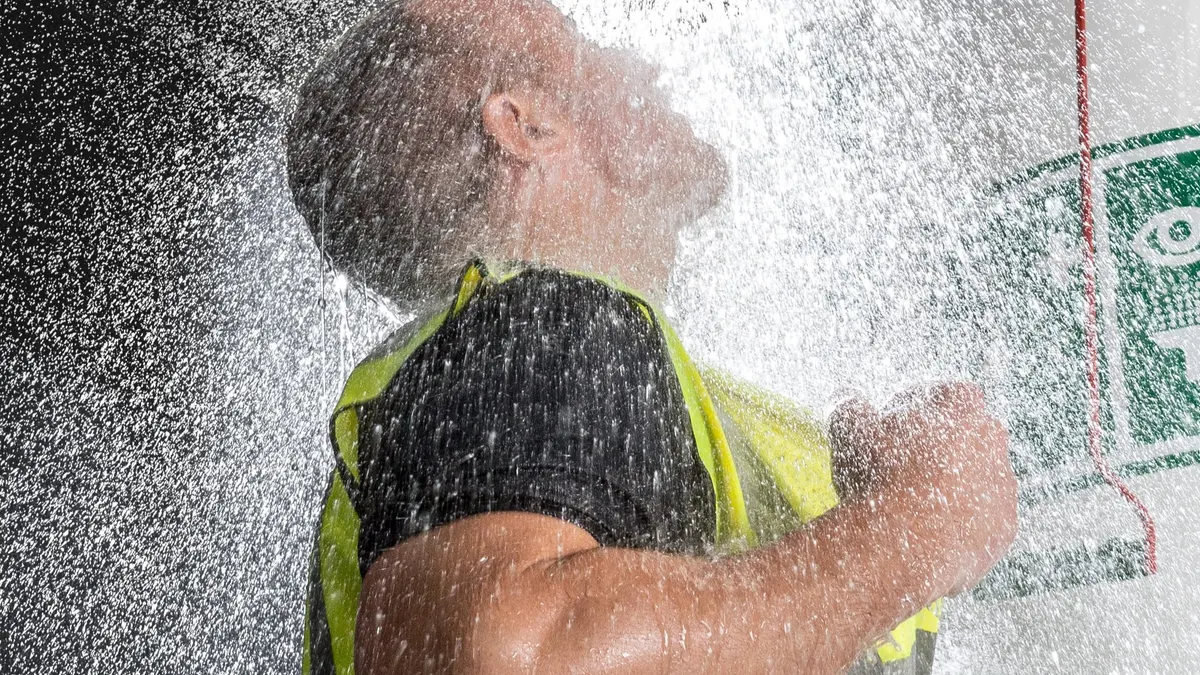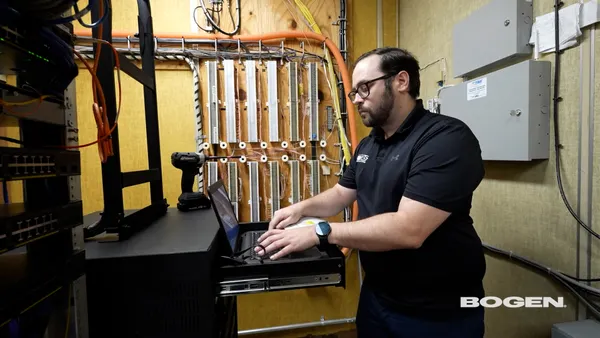More than two-thirds of millennial and Generation Z employees have concerns about the long-term effects of poor indoor air quality, more than double the rate of older workers, according to a report by workplace solutions company Fellowes.
Although all generations say clean indoor air enables their best performance, fewer than a third of Generation X and baby boomers were concerned over poor IAQ, according to a survey of more than 1,500 adults in the U.S. by Fellowes, in partnership with Atomik Research.
Younger generations are more likely to consider leaving their employer due to poor air quality in the workplace, with 40% saying they would do that, compared to 31% in 2023. While this was true for half of Gen Z respondents and 44% of millennials, only 34% of Gen X and 18% of baby boomers said the same.
Fewer than half, or 39%, of employees believe their employer is taking the right steps to ensure healthy IAQ. When asked about steps employers could take to increase their confidence in IAQ, about half of respondents pointed to installing air purification units and updating HVAC systems.
Perception is often more important than reality when it comes to clean air, with odor, stuffiness and dust guiding people’s real-time decisions on whether to return to an office, school, store or gym, according to a separate survey conducted in May by GPS Air. In the GPS Air survey, 41% of respondents said that odors would keep them from returning to a facility compared to 34% who said the same about a virus outbreak.
Thirty-six percent named visible use of IAQ monitors and access to real-time IAQ data as steps that could increase their confidence in air quality, the Fellowes report says. This echoes the GPS Air survey, which found that 61% of employees would trust a space more if they knew it monitored indoor air quality. Sixty-five percent said businesses should be required to display indoor air scores, like health ratings, per that survey.
Air monitoring will continue to become more important to people, according to Tony Abate, vice president and chief technology at AtmosAir Solutions. “Within about five years, I believe smart thermostats will have air quality displays on them, so there will be air monitoring in just about any space that will tell you what’s going on with your indoor air quality,” Abate said in an interview.
Currently, 27% of employees would prefer to have IAQ data displayed on a digital dashboard in a main shared physical space, like a lobby, or break room, with 26% wanting this information to be displayed in each room of a building, according to the Fellowes survey. This compares to the most popular way that employees would like to get IAQ data: through a company newsletter or internal communication, which was cited by 36% of respondents.
“Monitoring [IAQ] continually is always the best thing to do, because … trends can change,” said Abate, a member of the ASHRAE Standards Committee and started an ASHRAE Technical Committee, TG2.IAQMP, or Indoor Air Quality Monitoring Devices. “You can see things that are happening, and you can kind of equate them to things that might be going on in the building, and stop them before it's a downward trend, before it gets to a point where it's out of control”
While 68% of respondents in the Fellowes survey believe that employers, not building owners, government agencies or employees, bear responsibility for ensuring clean indoor air at work, there is still reason for facility operators to prioritize IAQ on their end.
“There have been a couple of studies that have consistently shown that the rent premium [for good indoor air] is somewhere between 4% and 7%, in addition to longer lease terms,” Jason Hartke, executive vice president of external affairs and global advocacy at the International WELL Building Institute, said in an interview. “Those are really powerful returns. When you think about buildings from the real estate value side and the business side, rent premiums and longer lease terms are as good as gold.”
“Deploying healthy building strategies is a big deal, particularly on the commercial real estate side, because in some respects … office buildings are competing with home work environments,” Hartke said.





















